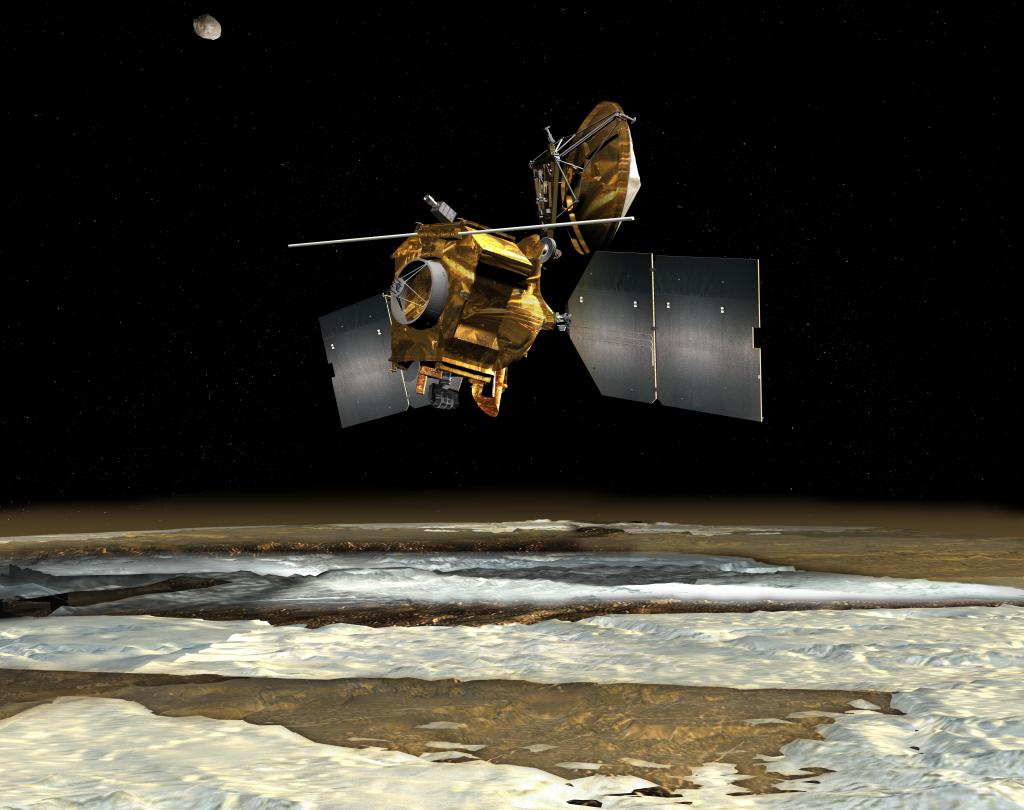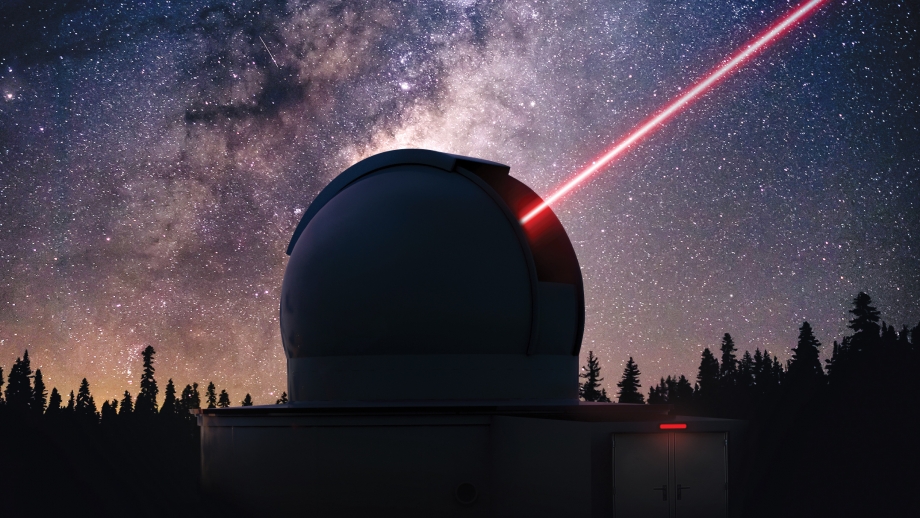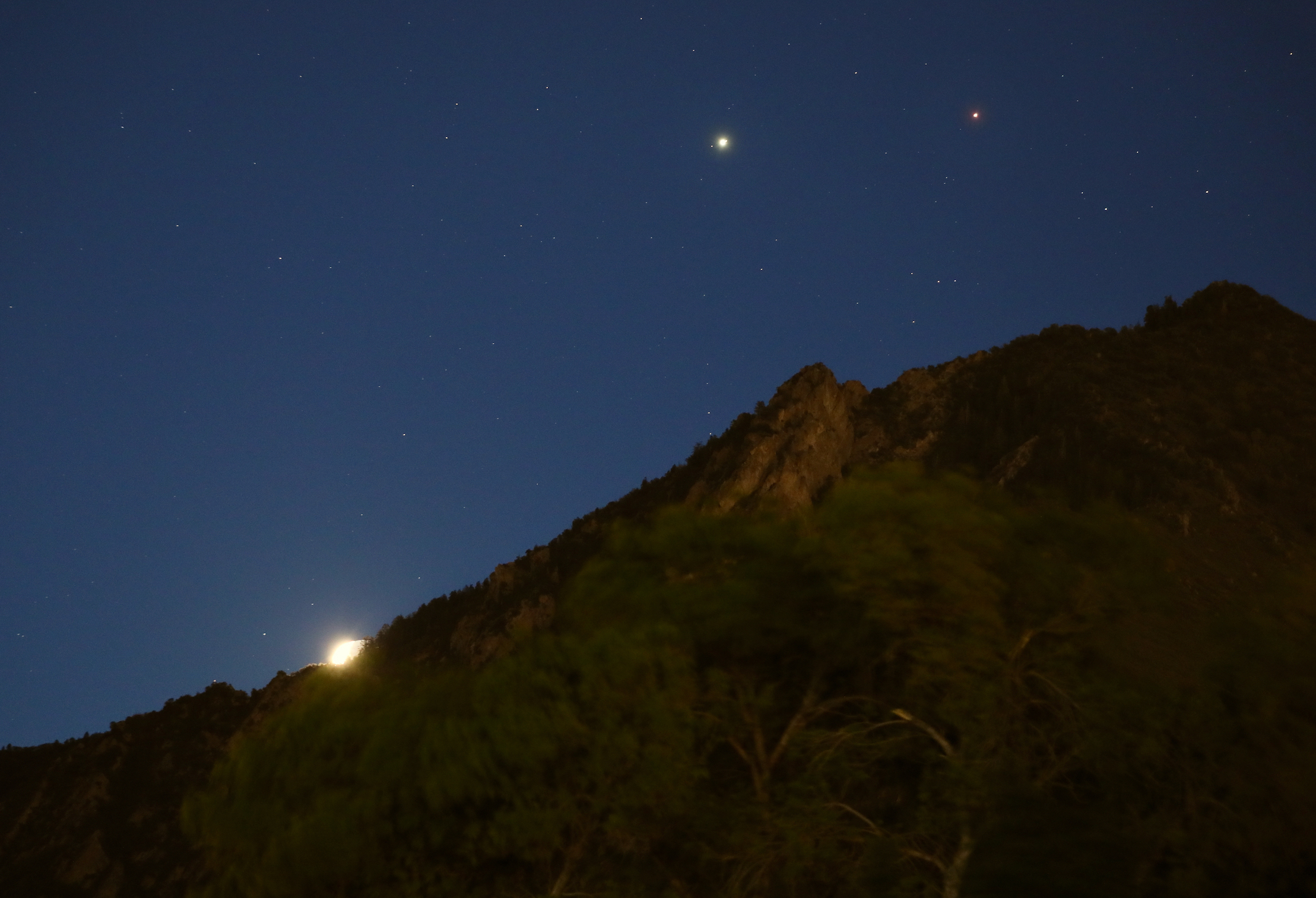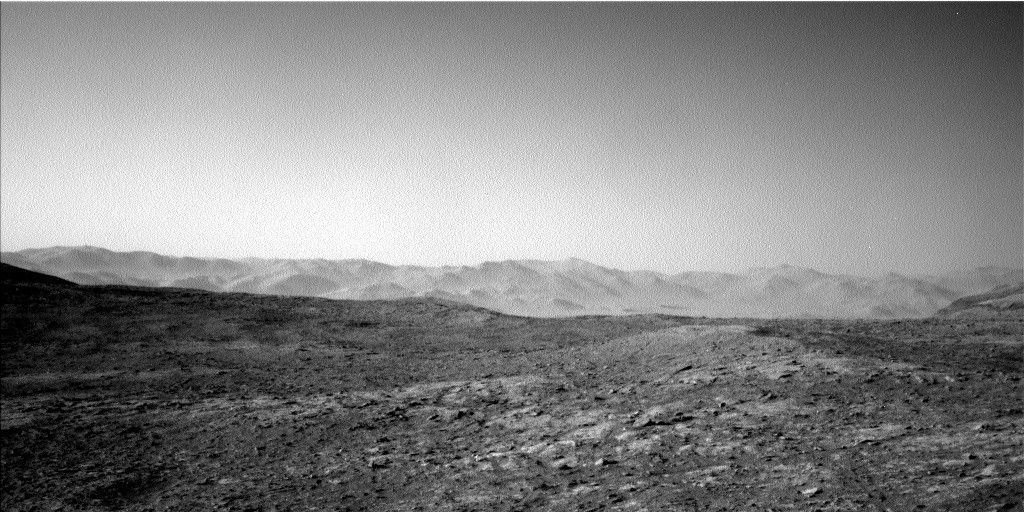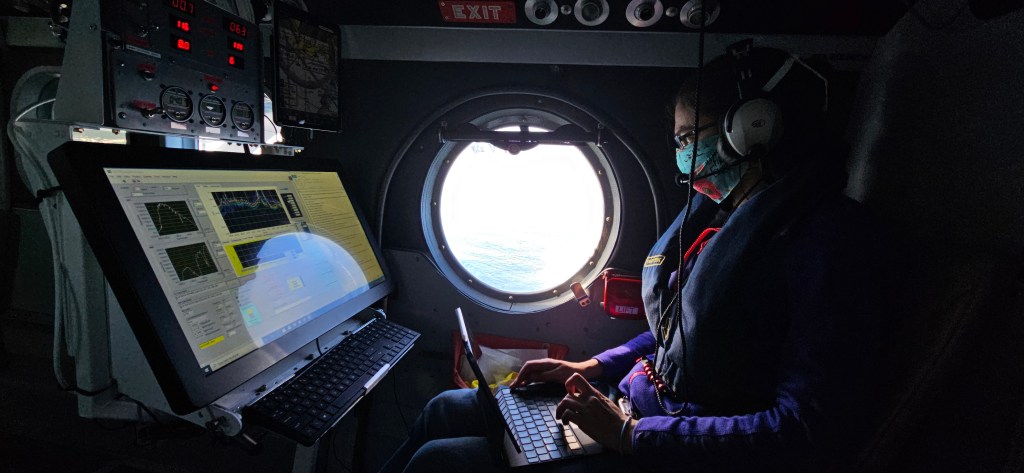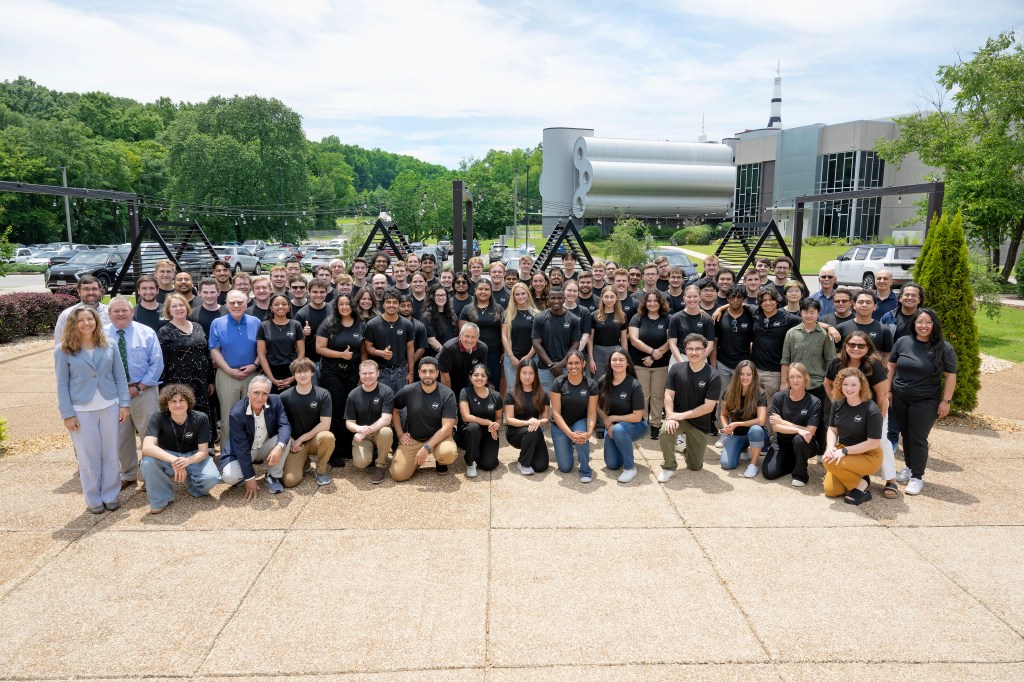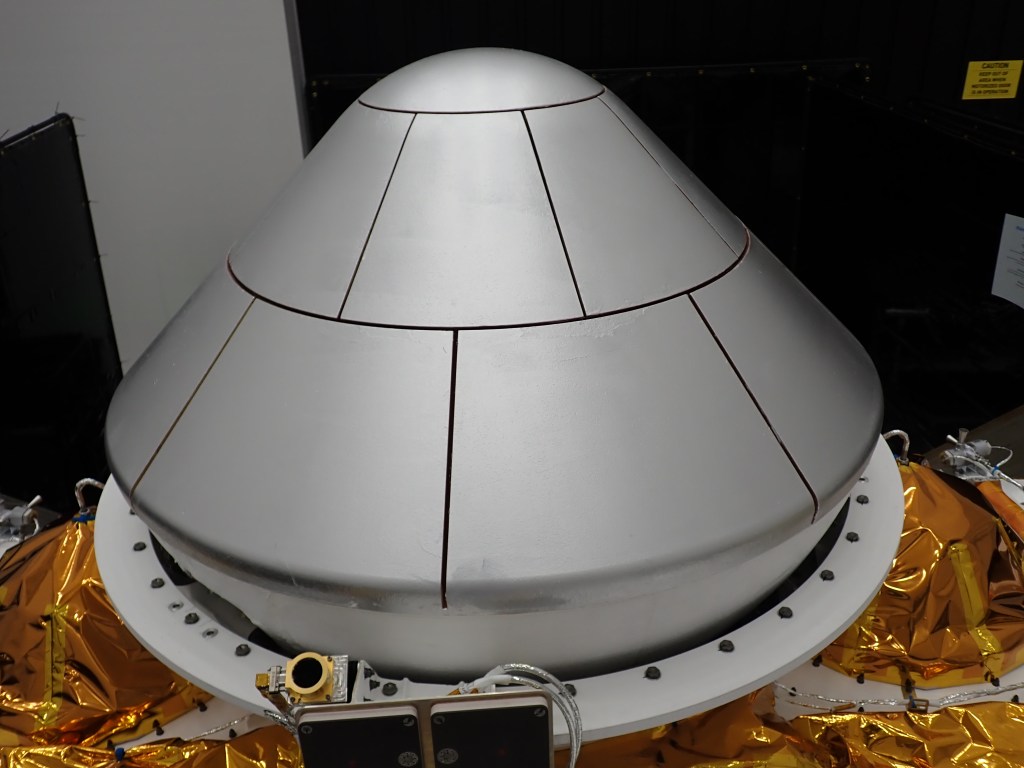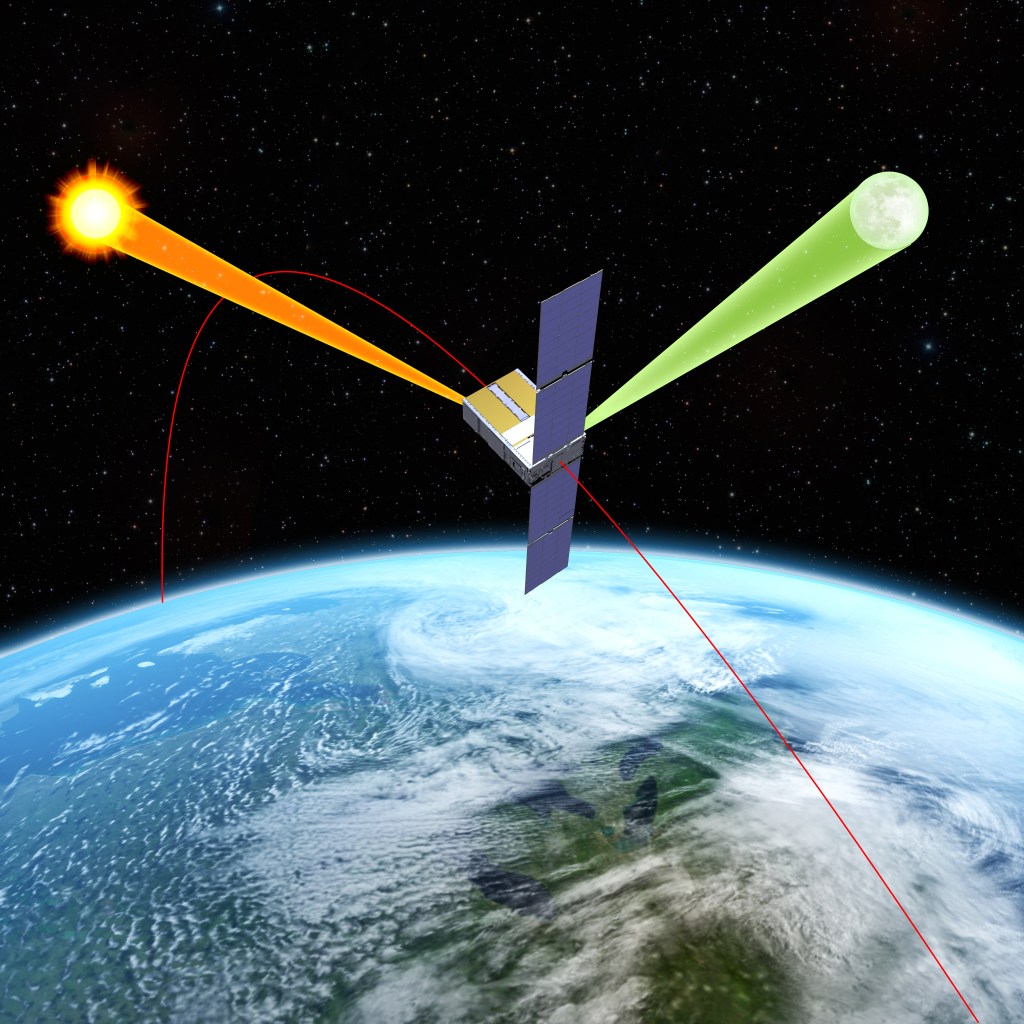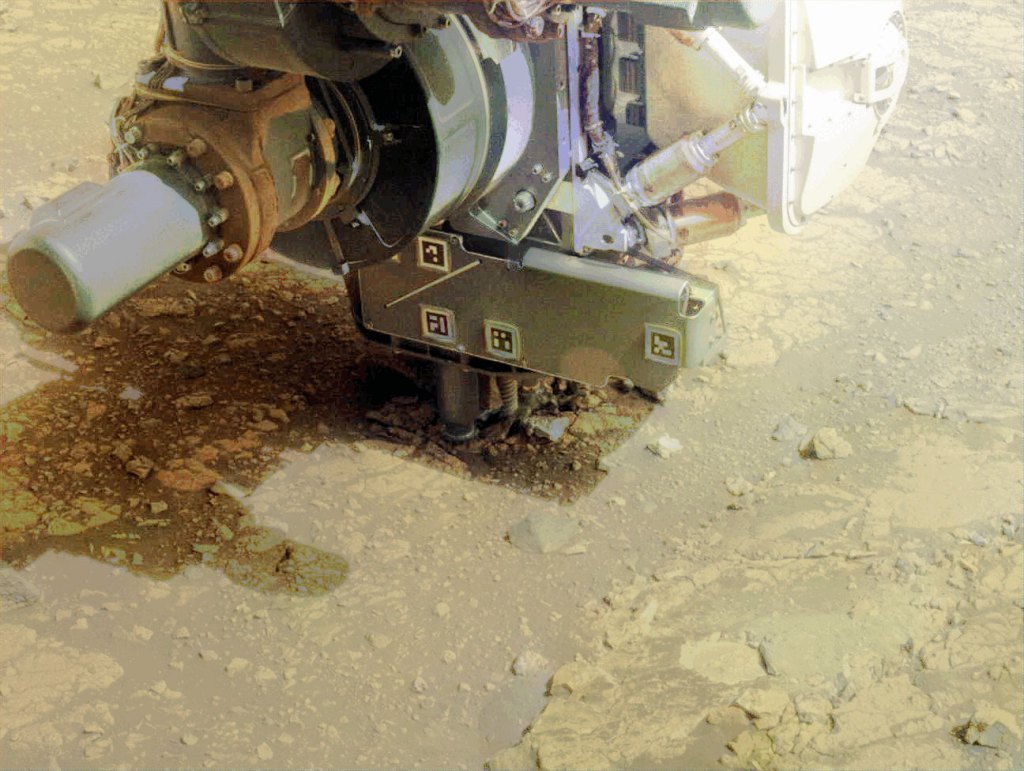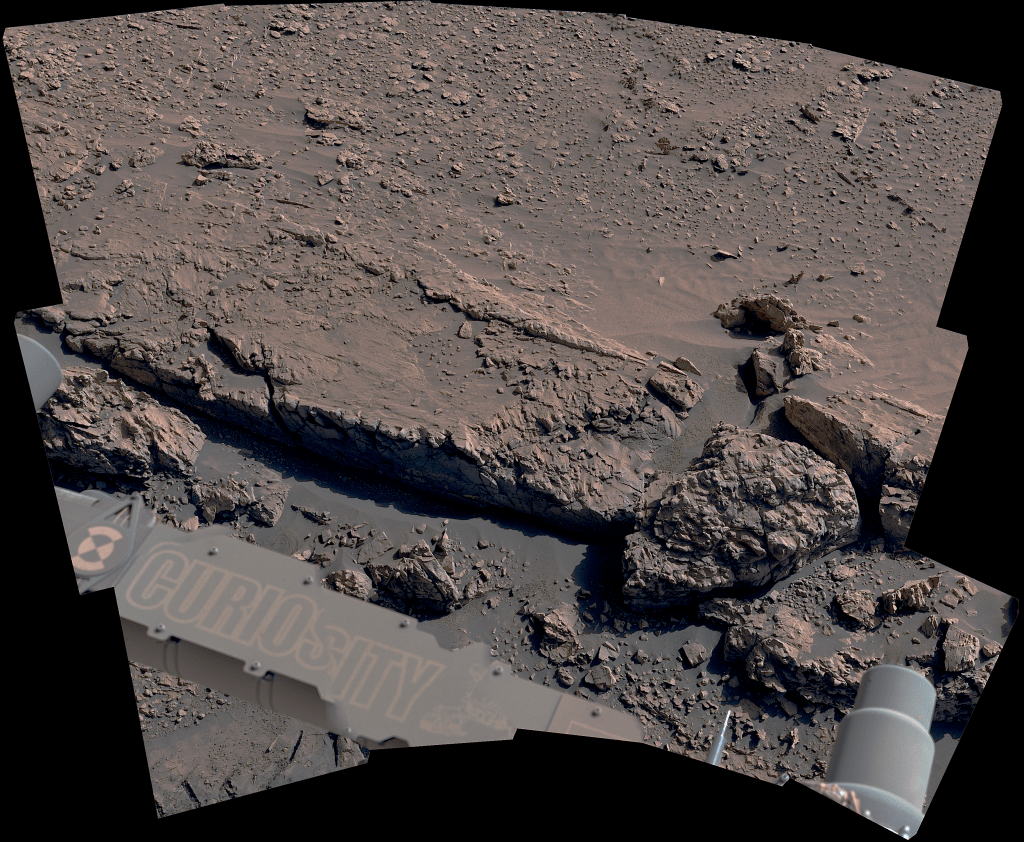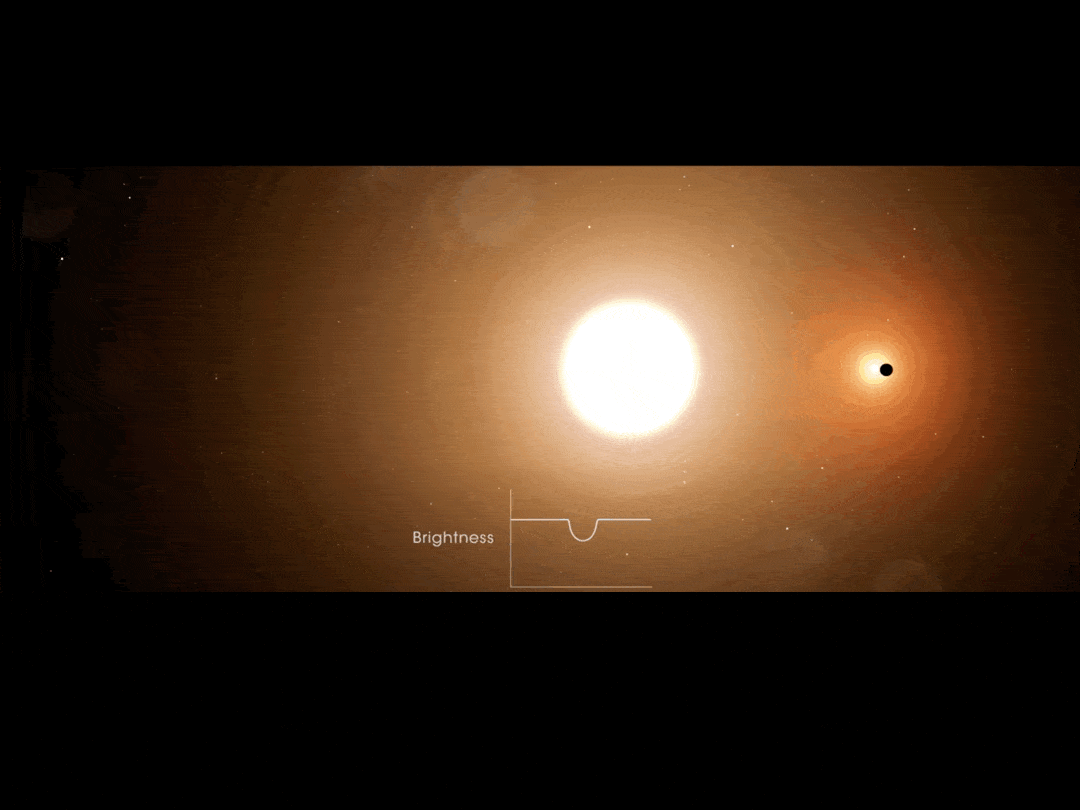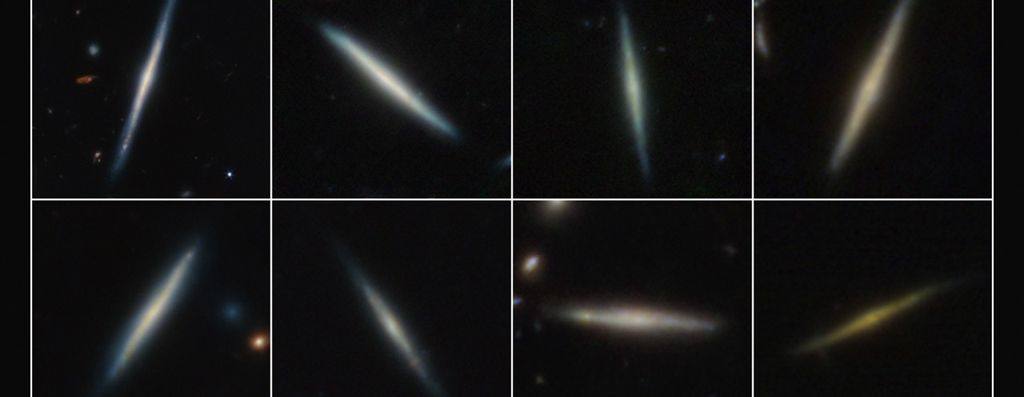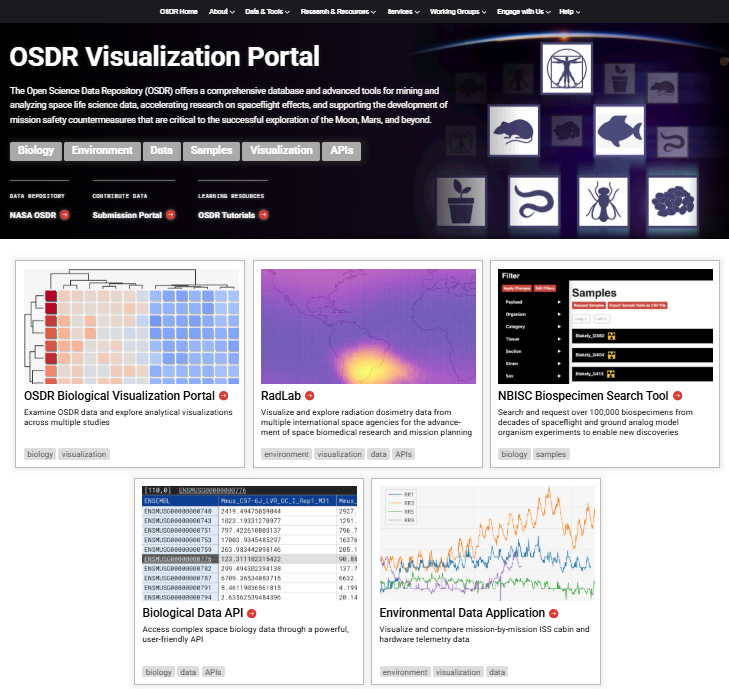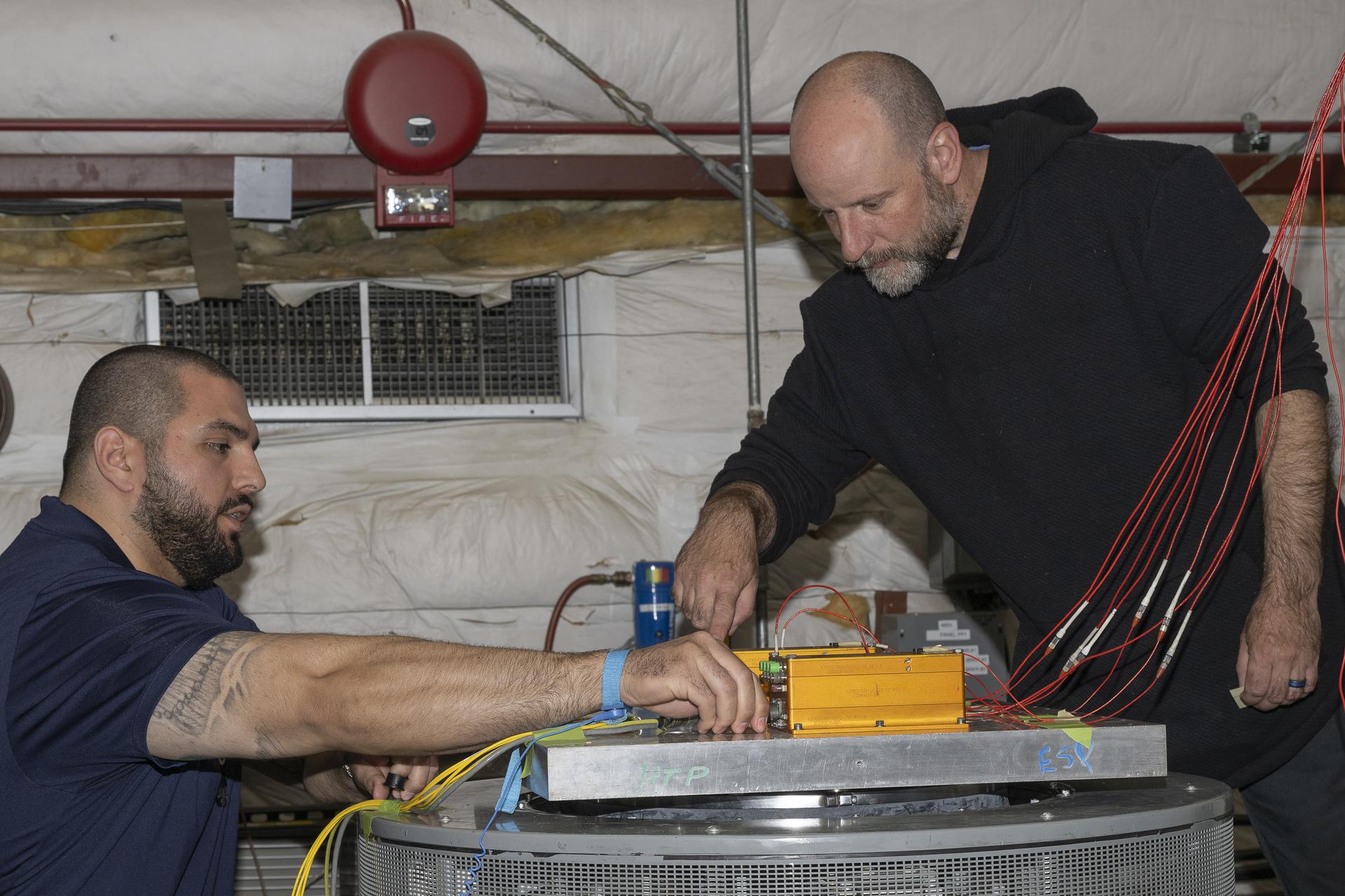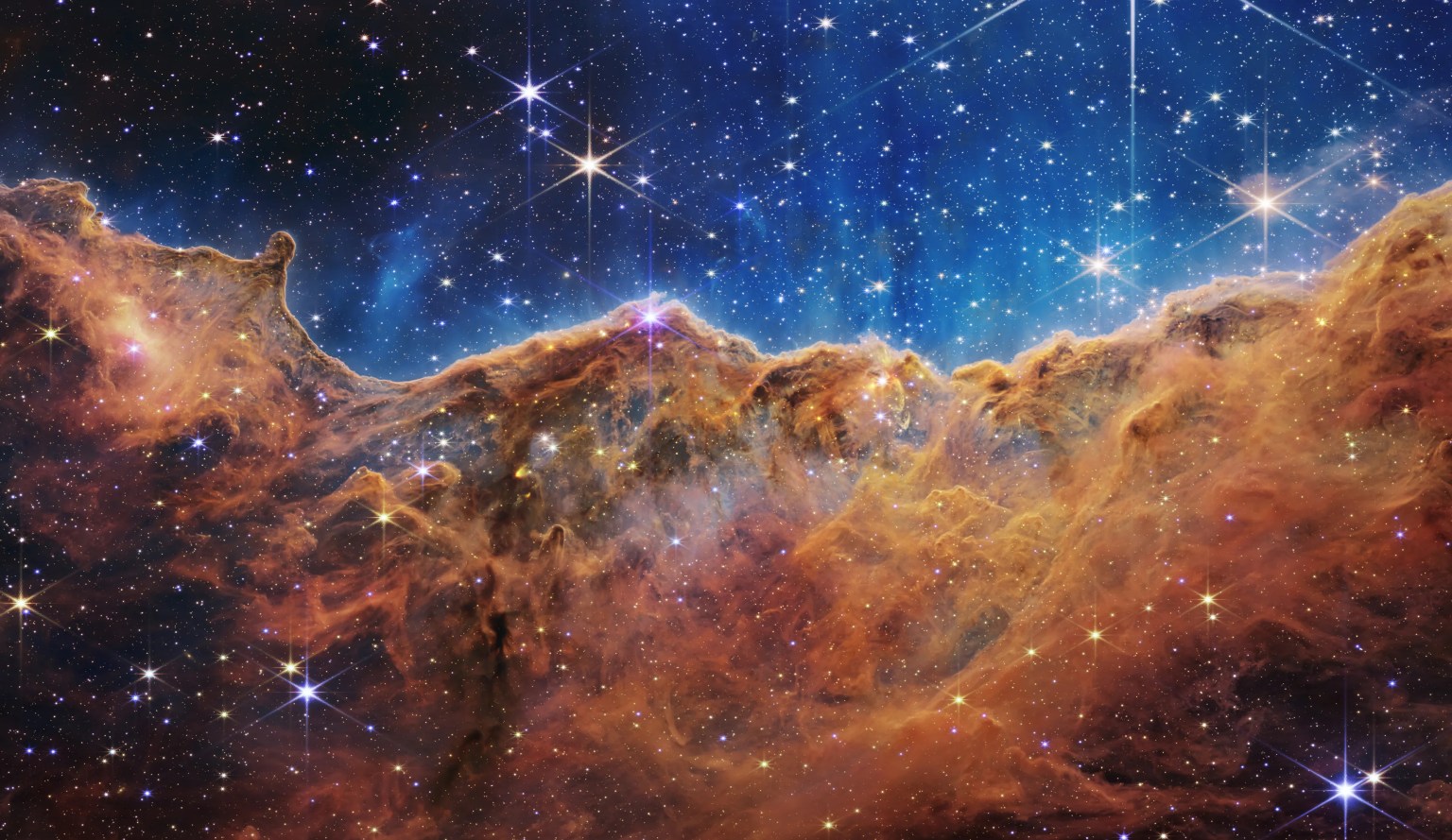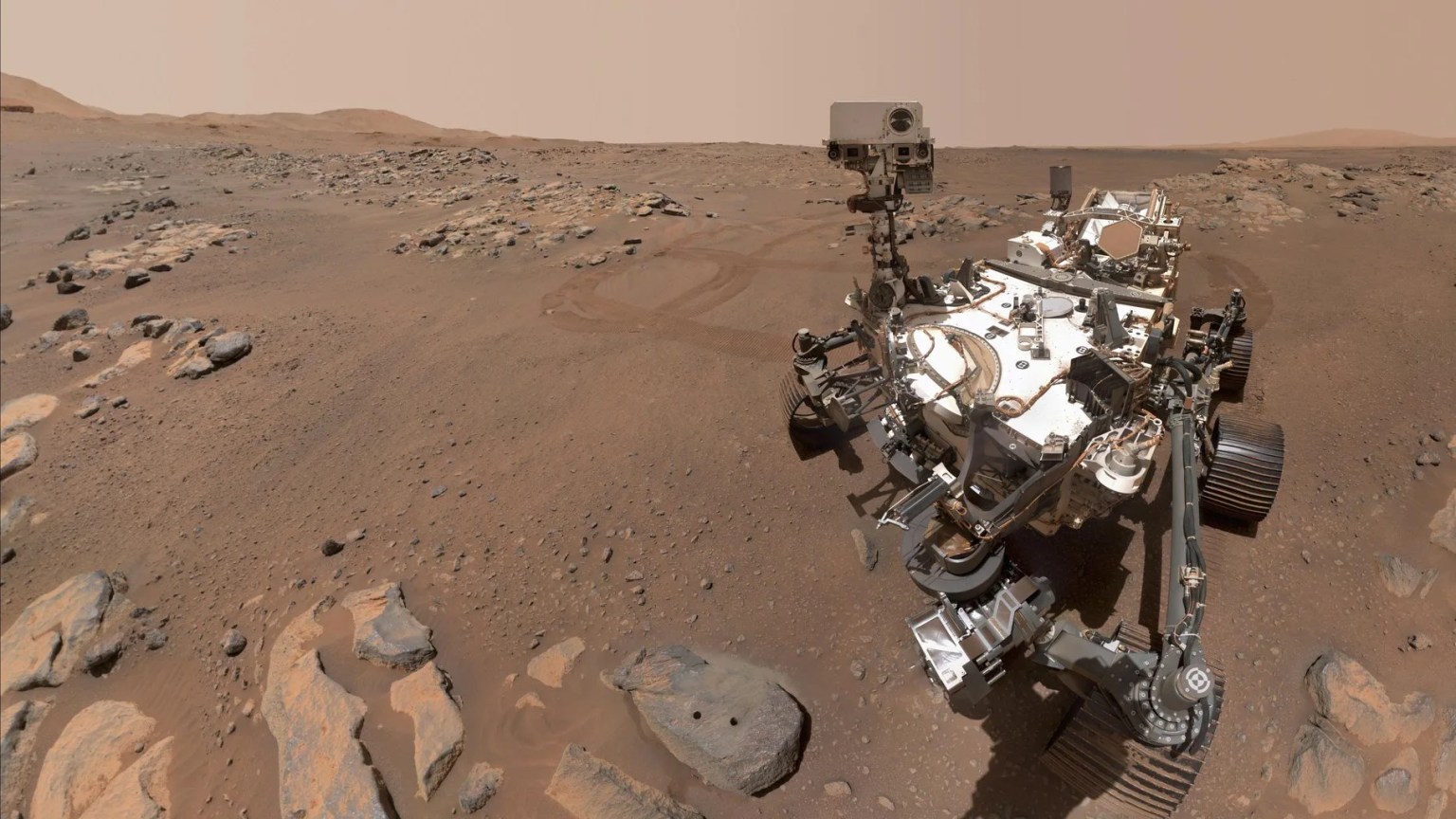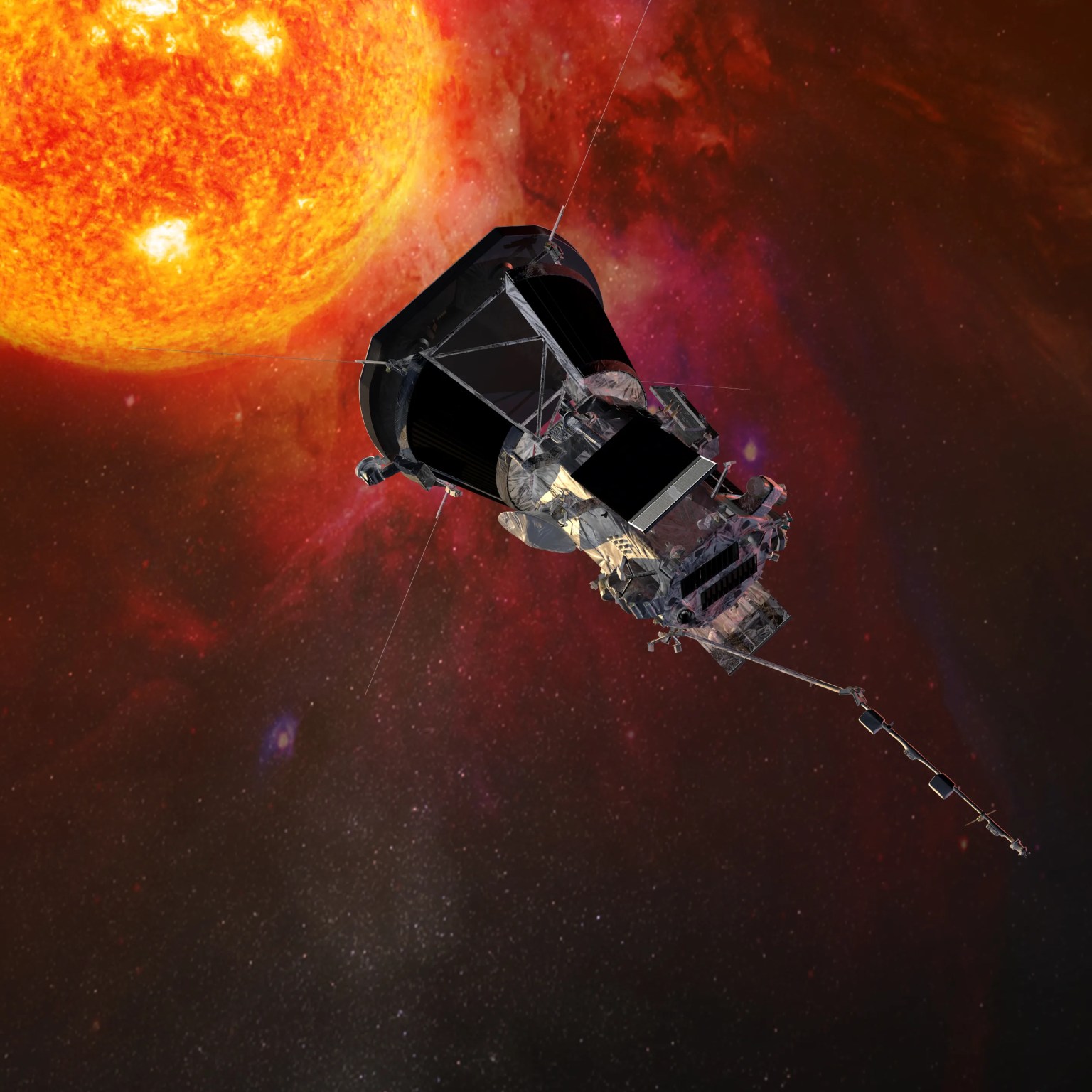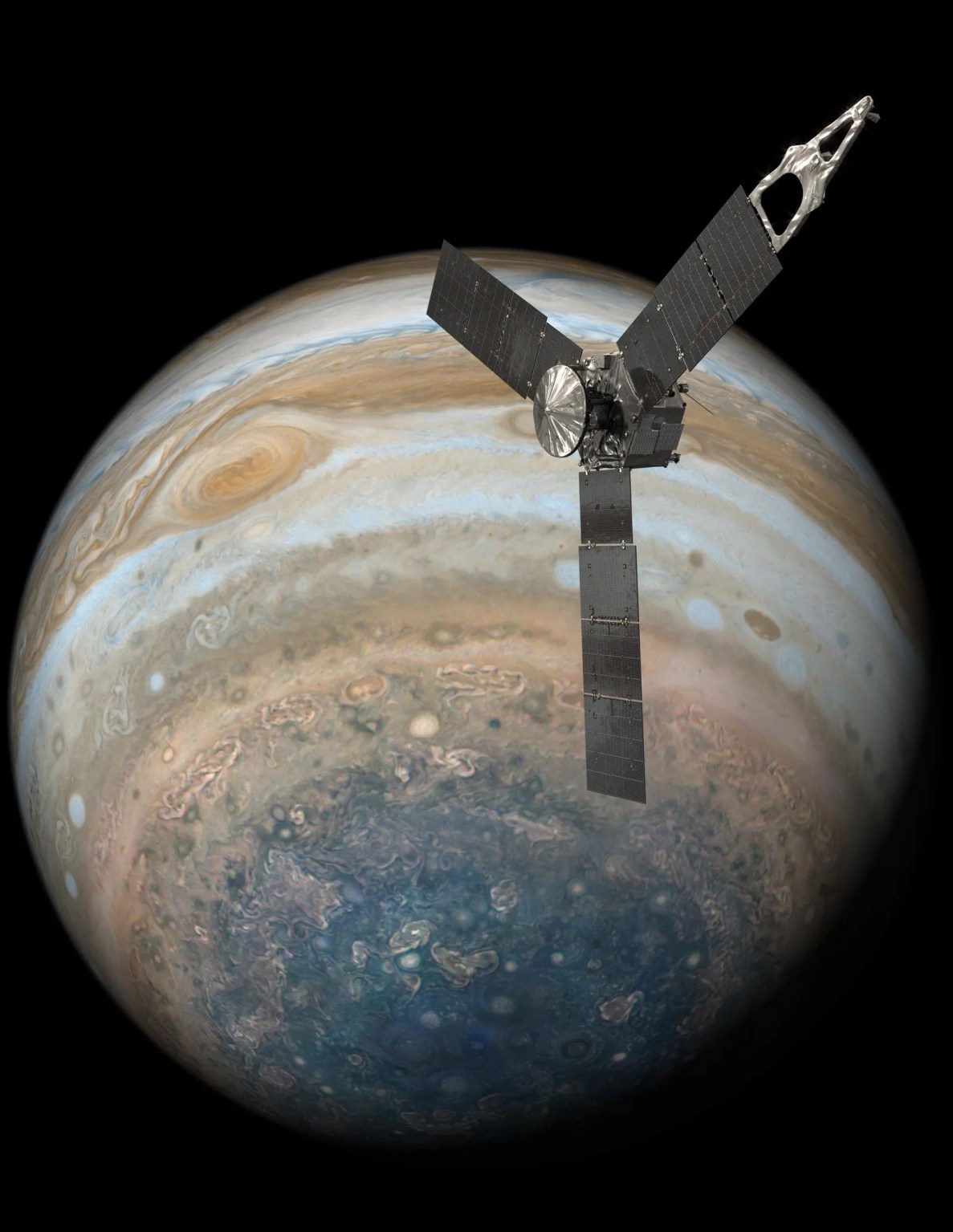Latest NASA Science News
Stay up-to-date with the latest news from NASA Science as we explore the universe, solar system, sun and our home planet Earth.
Filters

The seven-member Expedition 73 crew wrapped up a weekend of housecleaning and relaxation then kicked off Monday with muscle and brain research aboard the International Space Station. Their Axiom Mission 4 (Ax-4) counterparts worked throughout the weekend and began the…
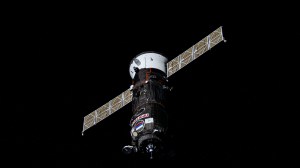
NASA will provide live coverage of the launch and docking of a Roscosmos cargo spacecraft delivering approximately three tons of food, fuel, and supplies to the Expedition 73 crew aboard the International Space Station. The unpiloted Roscosmos Progress 92 spacecraft…
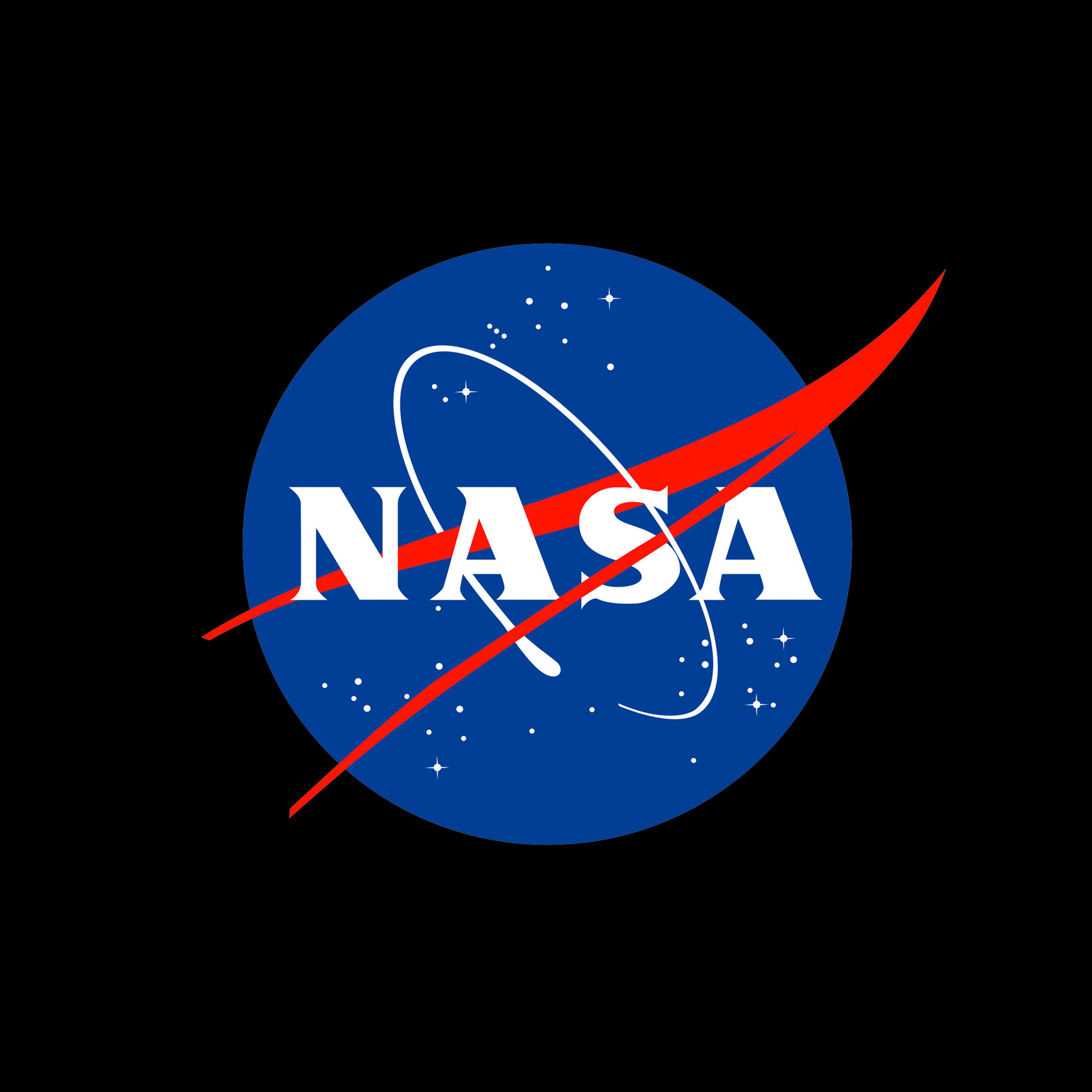
NASA has extended recovery efforts of its Lunar Trailblazer spacecraft from mid-June to early July. Updated modeling of the spacecraft’s trajectory by the mission team indicates lighting conditions will continue to be favorable and may provide enough sunlight for the…
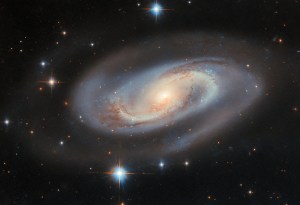
The light that the NASA/ESA Hubble Space Telescope collected to create this image reached the telescope after a journey of 250 million years. Its source was the spiral galaxy UGC 11397, which resides in the constellation Lyra (The Lyre). At first glance, UGC 11397…

NASA’s James Webb Space Telescope recently zeroed in on the Bullet Cluster — delivering highly detailed images that show a greater abundance of extremely faint and distant galaxies than ever before. Using Webb’s crisp near-infrared observations of this region, researchers…

A SpaceX Dragon spacecraft carrying the Axiom Mission 4 crew docks to the space-facing port of the International Space Station’s Harmony module on June 26. Axiom Mission 4 is the fourth all-private astronaut mission to the orbiting laboratory, welcoming commander…
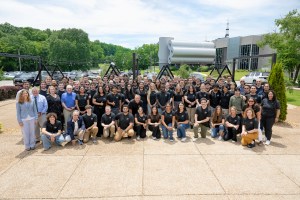
NASA’s Human Lander Challenge marked its second year on June 26, awarding $18,000 in prize money to three university teams for their solutions for long-duration cryogenic, or super chilled, liquid storage and transfer systems for spaceflight. Building on the crewed…
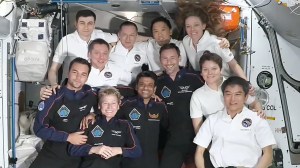
11 residents are living and working aboard the International Space Station today following the docking of Axiom Mission 4 (Ax-4) at 6:31 a.m. EDT on Thursday. The seven Expedition 73 crew members welcomed the four Ax-4 astronauts and are now…

Astrophysics Science Video Producer – Goddard Space Flight Center Growing up in Detroit with a camera in her hand, Sophia Roberts — now an award-winning astrophysics science video producer—never imagined that one day her path would wind through clean rooms,…

The light that the NASA/ESA Hubble Space Telescope collected to create this image reached the telescope after a journey of 250 million years. Its source was the spiral galaxy UGC 11397, which resides in the constellation Lyra (The Lyre). At first glance, UGC 11397…

